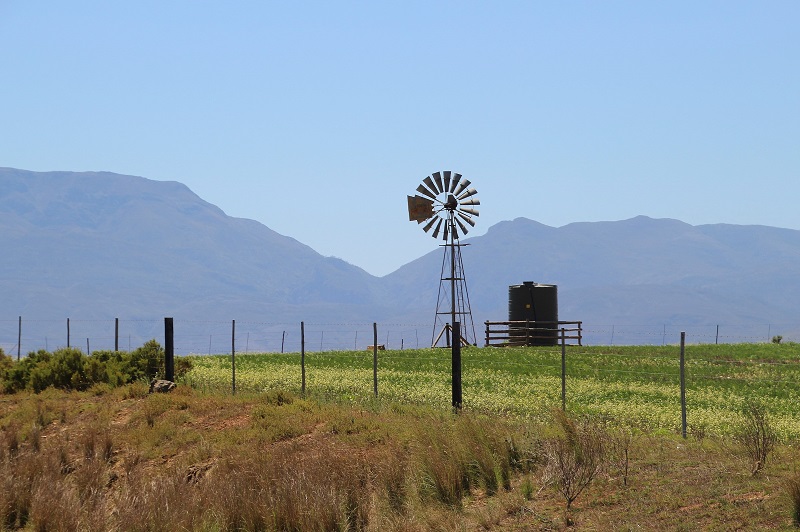CTIC Granted Nearly $500,000 To Examine Benefits Of Cover Crops
The Conservation Technology Information Center (CTIC) received some time in the spotlight during the latest announcement of Conservation Innovation Grant (CIG) awards from the USDA’s Natural Resources Conservation Service.
CTIC received $482,000 to examine the economic, agronomic and environmental benefits of cover crops, looking at the contributions of cover crop practices to pollinator habitat, nutrient cycling, improvements in soil health and other aspects. The not-for-profit organization and its partners will work with experienced and novice cover crop users in Illinois, Indiana, Iowa, Michigan, Minnesota, Ohio and South Dakota.
The upcoming project was recognized by U.S. Secretary of Agriculture Tom Vilsack when he pointed to CTIC’s project as an example of the “power of the CIG program.”
“This award will basically fund roughly a thousand acres that will help us hopefully dispel some of the myths that may be in the countryside that have discouraged producers from focusing on cover crop production,” Vilsack said.
He noted that innovation is key to success in conservation agriculture and pointed to cover crops, which are crops such as grasses, legumes, brassicas and/or small grains planted between cash crop seasons for multiple conservation purposes, as a way to innovate in agriculture for soil health and water quality.
“Cover crops are an important tool for us to retain precious water resources to replenish and nourish the soil,” Vilsack said. “Hopefully, over time, they will create new market opportunities for landowners, farmers, ranchers and producers.”
To examine the opportunities for cover crops, CTIC and partners will:
- Plant at least 1,000 acres of cover crops on farms that have not previously held cover crops.
- Conduct a cost analysis of cover crops in both new and established systems and in different regions of the country.
- Analyze case studies for each state involved.
- Learn how producer experience plays a role in cover crop successes and challenges.
- Estimate the amount of nitrogen secured by cover crops for the following crop.
- Document the pollinators found in project fields.
- Talk with producers about their choices and decision-making processes.
Results and insights from the project will be shared through an annual workshop, detailed articles in leading farm magazines that reach more than 350,000 producers in the Midwest, and printed and online resources, including fact sheets and a booklet outlining the best practices used in cover crop operations.
Karen Scanlon, executive director for CTIC, said that the upcoming project was timely with growing interest in cover crops.
“Cover crops are in the spotlight, and there may be questions on using them effectively for maximum benefit to the producer and farm,” Scanlon said. “This project will provide greater insight into the challenges and benefits of cover crops. CTIC and partners hope to help many producers across the Midwest discover cover crop usefulness, such as protecting the soil, improving water quality and more.”
Partners in the project include Corn & Soybean Digest and the National Corn Growers Association.
Funding partners include Monsanto, Bayer CropScience, Syngenta, The Nature Conservancy, Purdue University, DuPont Pioneer and the CropLife Foundation.






